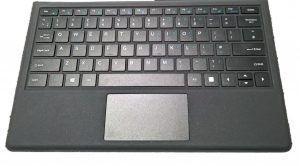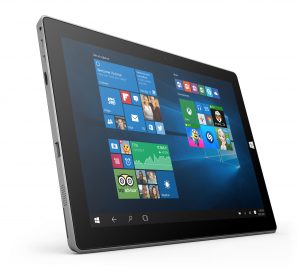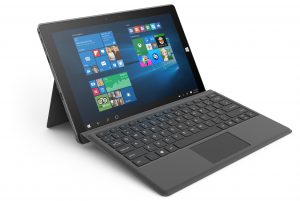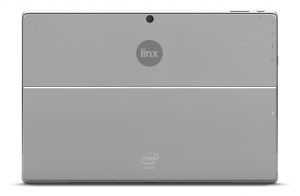Note
Access to this page requires authorization. You can try signing in or changing directories.
Access to this page requires authorization. You can try changing directories.
I’ve been given a Linx 12V to try out and I agreed to write this short review as a result. This is a personal review rather than anything official from Microsoft, and indeed I have attempted to make sure that I don’t allow my association with Microsoft affect my views. With that done, let’s get started.
Linx is a brand created by Exertis, a well-respected UK company with a broad range of IT offerings; the Linx brand of devices is perfectly positioned for consumers who are after a cost effective product.
Linx launched the Linx 8 and Linx 10 tablets a couple of years ago and followed up with the impressive Linx 810 and Linx 1010 last year. The brand has become synonymous with budget prices for well-built and well equipped products. The 12V is a foray into 2 in 1s and a very impressive one too.
The first thing most people say when seeing the Linx 12V is “wow, that looks just like a Surface Pro”. And you can see why – physically, there seems no doubt that the Linx 12V has been heavily inspired by the Surface Pro 3 and 4. From the keyboard cover, the kickstand, the whole look of the device it has a huge amount in common with the Surface Pro design.
However, in some ways that is a distraction. Given the Linx 12V starts at under £300 including the keyboard, it’s in a very different price range to the Surface Pro 4 and therefore comparisons aren’t really useful or fair to the 12V.
So let’s put comparisons to the Surface Pro aside and look at this device in its own right. My expectations of sub-£300 devices are fairly low but the Linx 12V is genuinely impressive. Sure, don’t expect a super-powered, super-sleek device rivalling £700+ rivals but if you’re looking for a decent, very usable 2 in 1 at a low price this is definitely worth a look.
Spec-wise, it’s very reasonable for this price. The Atom X5 processor is generally considered mid-range and is perfectly adequate for most things people will need to do. 2GB of RAM is decent, and it comes in 32GB and 64GB SSD variants. You can add a further 200GB via the Micro SD card slot (I haven’t tried this as I didn’t have an SD card to try, but that’s according the spec sheet). Front and rear cameras are fine for a 2 in 1, 5MP on the front and 2MB on the back. Personally I never use rear cameras on tablets or 2 in 1s, and 5MP is (for me) perfectly ok for Skype.
It has both full-sized and micro USB, plus Micro HDMI 1.4. Linx claims 7 hours from the 10,000 mAh battery but I haven’t really had chance to test that out. In general use it seems to hold charge pretty well.
Dimensions-wise, it’s 204mm x 315mm and 11.25mm thick.
It weighs 947g which is a little on the heavy side but not excessive.
The integrated kick-stand extends to 80 degrees and is reasonably firm although I did on occasion find it sliding open towards the end of its extent. It is a universal hinge though, not fixed positions so you do have some flexibility on how you position it.
There is no bundled pen but it does support 3rd party pens.
The screen is clear and bright and is full HD at 1920×1200, again impressive given a number of lower-priced devices often sacrifice screen resolution to keep the price down.
The keyboard is nicely done and feels good to type on. I prefer it flat on the desk as it’s a little springy when in the sloped position, but it’s full sized and the keys are decent sized and well-placed. The track pad is a reasonable size if not gigantic. You can of course attach a Bluetooth mouse if you prefer.
So what’s my verdict?
As you can probably tell I’m impressed with this device. You do need to bear in mind the price of course – don’t expect this to be a low-cost version of a Surface. As I mentioned above it really is a different kind of device but I think it will appeal to plenty of people who need a capable 2 in 1 with a good-sized and very readable screen and plenty of versatility.



